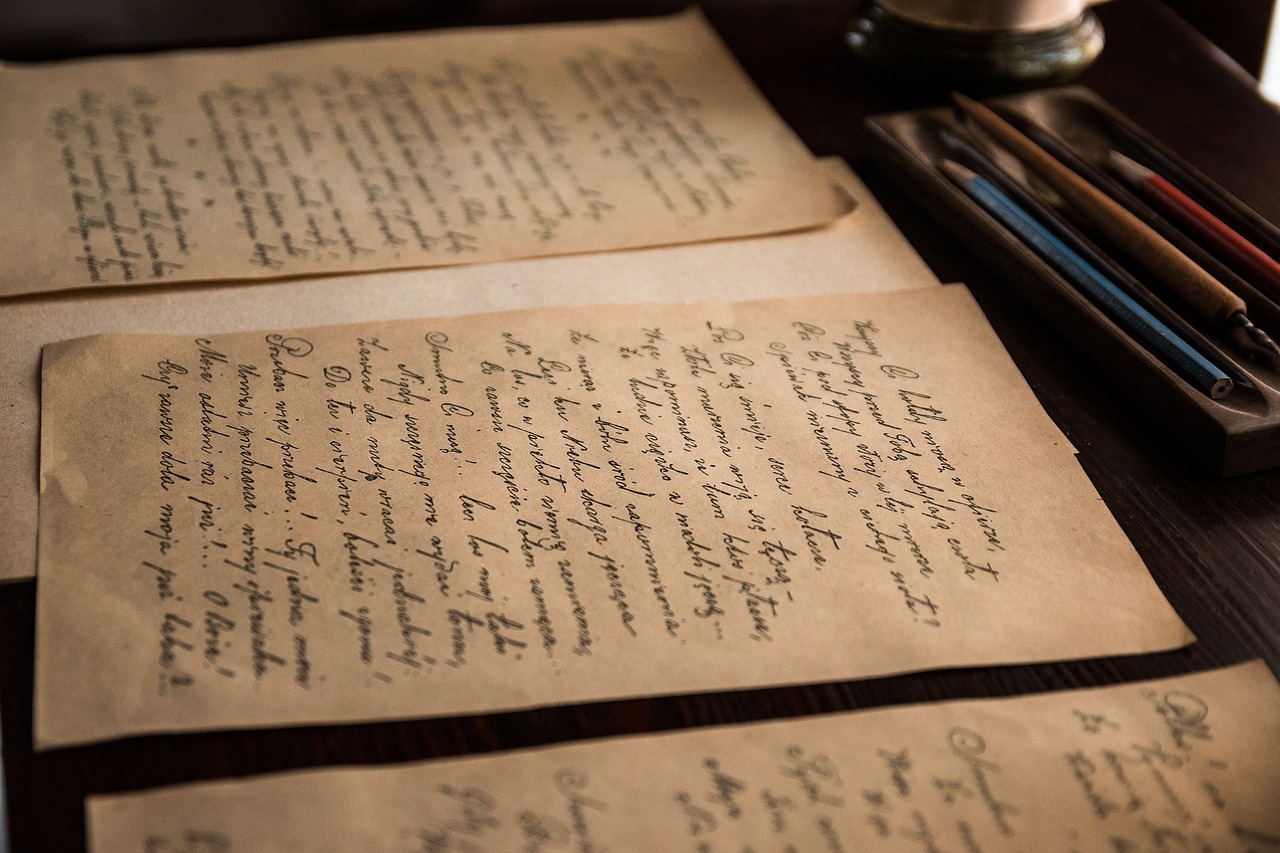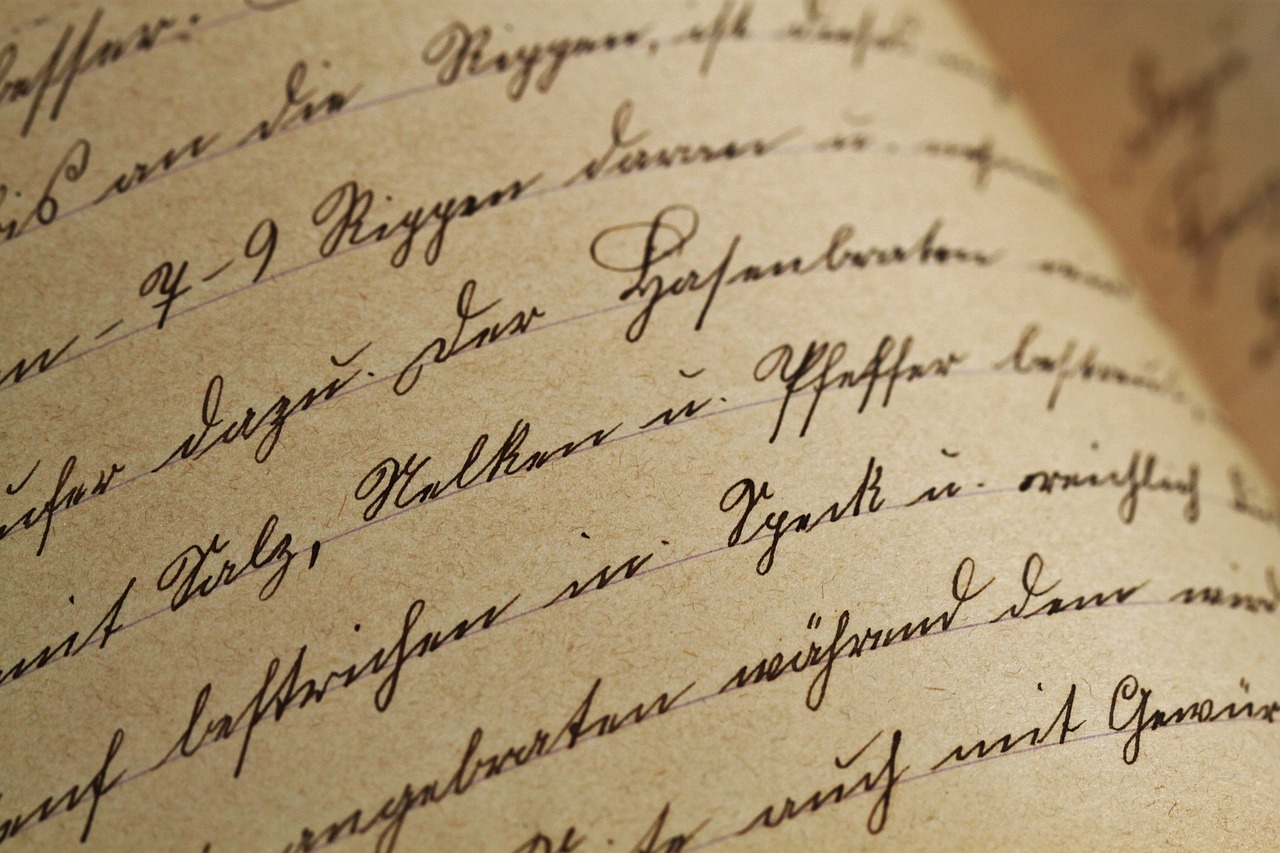
Embarking on the journey of font selection for a book delves into a realm often overlooked yet inherently influential. The choice of font, a subtlety often underestimated, intricately weaves its threads through the tapestry of publishing. In this guide, we shall navigate the nuanced art of font selection, unraveling considerations that play a pivotal role in enhancing the reader’s encounter with the written word.
1. Understanding the Role of Fonts
Fonts serve as the visual representation of your written content. They influence the way readers perceive your book and can evoke emotions that align with the narrative. Whether it’s a novel, a non-fiction piece, or a poetry collection, the font you select contributes to the book’s identity.
2. Clarity and Readability
Prioritize readability above all else. The font should allow readers to effortlessly absorb the content without straining their eyes. Opt for fonts with clear letterforms and ample spacing between characters and lines.
- Choose a font with well-defined characters that are easily distinguishable from one another.
- Pay attention to kerning, which is the spacing between individual characters, to ensure that letters don’t overlap or appear too distant from each other.
- Adequate line spacing (leading) prevents overcrowding and enhances legibility. Strike a balance between readability and efficient use of space.
3. Matching the Tone and Genre

Different genres demand distinct font choices. A horror novel may warrant a bold and edgy font, while a historical romance might benefit from a more elegant and timeless typeface. Consider the emotional impact you wish to convey and align your font accordingly.
- For a romantic genre, consider fonts with flowing, elegant lines that evoke a sense of nostalgia.
- Science fiction or fantasy genres may lean towards futuristic or ornate fonts to capture the essence of otherworldly adventures.
- Thriller or suspense genres might benefit from bold, impactful fonts that convey tension and intrigue.
4. Consistency Throughout the Book
Maintaining a consistent thread that runs throughout the book emerges as a paramount consideration. The seamless flow that derives from uniformity in font usage serves as a guiding principle. The selection of one or two fonts for diverse sections of the book cultivates an unbroken harmony, preventing abrupt shifts that may disrupt the reader’s engagement. This approach, underpinned by visual cohesion, aligns with the objective of delivering a captivating and uninterrupted narrative experience.
5. Font Size Matters
The size of your chosen font is crucial for readability. Balance the desire for a unique aesthetic with the practicality of easy reading. Experiment with font sizes to find the right fit that accommodates various reading preferences.
- Optimal font size for body text is typically between 10 and 12 points, depending on the font’s inherent characteristics.
- For headings and subheadings, you can choose larger font sizes to create hierarchy and visual appeal.
- Consider the target readership’s preferences and any potential accessibility concerns.
6. Serif vs. Sans-Serif Debate
The choice between serif and sans-serif fonts often sparks debate. Serif fonts, with their decorative lines, exude a traditional and formal vibe. On the other hand, sans-serif fonts project a modern and clean aesthetic. Consider the context of your book when making this decision.
- Serif fonts, with their embellished letter endings, can evoke a sense of classic sophistication suitable for historical fiction or academic works.
- Sans-serif fonts, known for their clean lines, are often favored for contemporary themes and genres that emphasize minimalism and simplicity.
7. Consider Line Length and Spacing

The line length and spacing between lines (leading) influence the visual comfort of reading. Optimal line length prevents readers from losing their place and maintains engagement. Adequate leading ensures an uncluttered appearance on the page.
- Aim for around 50-75 characters per line for optimal reading comfort. Shorter lines may feel disjointed, while longer lines can be overwhelming.
- Leading, the vertical space between lines, should be around 120-145% of the font size for most books. Adjust based on font characteristics and reader preferences.
8. Testing and Proofreading
Conducting thorough testing and meticulous proofreading emerges as an integral stage in the font selection process. The importance of this phase lies in the fine-tuning that safeguards against inadvertent disruptions. By printing sample pages and immersing oneself in the content, one can gauge the font’s readability in varying environments. Additionally, it’s crucial to ascertain the font’s adaptability across diverse devices and formats. Vigilance in proofreading unveils any unanticipated formatting shifts that might arise due to font adjustments. This scrutiny, driven by an unwavering dedication to precision, ensures the seamless fusion of content and typography, ultimately enhancing the reader’s encounter with the material.
9. Avoid Trendy Fonts
Trends come and go, and fonts are no exception. While a trendy font might seem appealing now, it could quickly become outdated. Opt for timeless choices that will withstand the test of time and offer longevity to your book’s design.
- Select fonts with enduring appeal and a proven track record of readability.
- Steer clear of overly decorative or flashy fonts that may distract from the content itself.
- Prioritize fonts that align with the core themes and messages of your book, transcending fleeting design trends.
10. Seek Professional Input
If you’re uncertain about font selection, consider seeking professional design input. Designers possess the expertise to match your book’s essence with the right font, ensuring a harmonious fusion of content and aesthetics.
- Collaborate with experienced graphic designers or typographers who can guide you in making informed font choices.
- Professional designers can offer insights into font pairings, color schemes, and other design elements that enhance the overall visual appeal of your book.
- Leverage their expertise to create a polished and visually captivating final product that resonates with your target readers.
Conclusion
In the journey of selecting a font for your book, one is presented with a creative endeavor that demands meticulous consideration. It’s imperative to delve into the nuanced world of font selection, understanding its impact on readability, genre alignment, and the holistic visual appeal. As authors, we are entrusted with the task of curating an immersive reading experience that goes beyond words, and the choice of font serves as an intricate brushstroke on the canvas of our literary creation. By embracing the intricate interplay between typography and narrative, we craft a realm that resonates with readers in profound and unspoken ways. Thus, the quest for the perfect font becomes an artistic venture, a symphony of visual cues that harmonize with the essence of our written expression. In this pursuit, we step into the role of both creators and curators, shaping an experience that captivates and lingers long after the final page is turned.